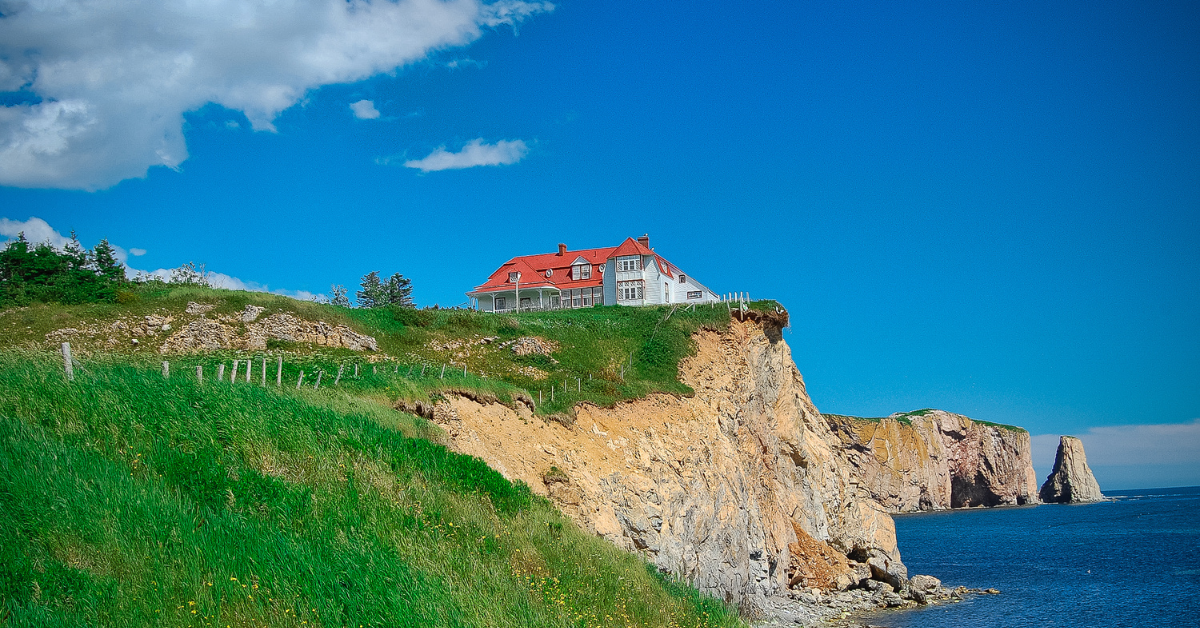Ponyo on the Cliff by the Sea, directed by Hayao Miyazaki and released in 2008, has remained one of Studio Ghibli’s most memorable films. Japanese audiences responded in ways that were both emotional and critical. For them, the movie felt like “a child’s imagination brought to life” while also raising questions about its simplicity and narrative depth. This duality shaped the way Japanese viewers embraced and discussed the film.
The Charm of Ponyo as Seen by Japanese Viewers
Many Japanese described the film as “a child’s imagination brought directly to life on screen.” The storyline is more sensory than logical, making it easy for young children to enjoy naturally. Because of this, it gained stronger support among children than adults, with many parents praising it as “a safe film to show to kids.”
The hand-drawn visuals also left a strong impression. Rather than relying on digital processing, the warm and soft art style reminded many of “old picture books.” Some said the seaside town scenery reminded them of rural Japan, with the ocean and townscapes evoking nostalgia and familiarity.
Mixed Opinions Among Japanese Audiences
While Ponyo was a hit, Japanese opinions were not uniform. Both positive and negative voices emerged, and this balance is part of its uniqueness.
| Evaluation Point | Positive Opinion | Negative Opinion |
|---|---|---|
| Storyline | Simple and easy for children to understand | Adults find the story shallow |
| Characters | Ponyo’s innocence is charming | Lack of detailed background for other characters |
| Visuals | Bright colors and soft lines are beautiful | Some feel the hand-drawn style looks rough |
| Music | Joe Hisaishi’s score is memorable | Theme song feels too childish |
Thus, Japanese impressions often divided between those who valued the child’s perspective and those who criticized the weakness of the plot.
Differences Between Japanese and Foreign Impressions
Foreign viewers often see the film as “mythical and fantastical”, while Japanese see it as “ordinary life with a touch of the mysterious.”
| Aspect | Japanese Impressions | Foreign Impressions |
|---|---|---|
| Worldview | Seaside town and family life feel close to reality | Exotic, mystical atmosphere |
| Characters | Empathy with children’s purity | Characters seen as mythical beings |
| Landscapes | Reminds viewers of nostalgic countryside towns | Feels uniquely Japanese and cultural |
This contrast stems from cultural backgrounds and personal experiences.
What Ponyo Means to Japanese People
For Japanese audiences, Ponyo is primarily seen as a film that can be “enjoyed without overthinking.” It is particularly valued as a movie families can watch together safely, often chosen by parents for their children.
| Generation | Interpretation | Characteristic |
|---|---|---|
| Children | Enjoy Ponyo’s transformation and adventures | Understand the story instinctively |
| Parents | Relate to themes of family love and daily life | Compare it to real child-rearing |
| Elderly | Feel nostalgia in depictions of towns and nature | Connect it with their own memories |
Music and Japanese Reactions
The film’s music also left a lasting mark. The theme song is easy for children to sing, often becoming part of family life. The storm and wave sequences were praised for sound effects that “express nature’s power realistically.”
| Music Element | Japanese Reaction |
|---|---|
| Theme Song | Easy to remember, sung within families |
| Score | Enhances the visual impact |
| Sound Effects | Makes nature’s force tangible |
How the Setting Affects Impressions
The seaside town, the house on the cliff, and other settings shaped Japanese impressions strongly. Many audiences felt these were “towns that could really exist.” This familiarity led viewers to connect the story with their own experiences.
| Setting Element | Japanese Impression |
|---|---|
| House on the Cliff | Reminds people of childhood homes |
| Ocean Depictions | Evokes warmth and nostalgia |
| Townscape | Feels like the Showa-era Japan |
Conclusion
Japanese impressions of Ponyo on the Cliff by the Sea combine both positive evaluations—“a child-centered film”—and negative critiques—“a shallow plot for adults.” However, its visual beauty, music, and setting are widely praised, and its family-friendly atmosphere is especially valued.
Foreign audiences highlight its mystical and mythical qualities, while Japanese focus on nostalgia and the extension of daily life. This difference itself explains why the film continues to be discussed and loved worldwide.






